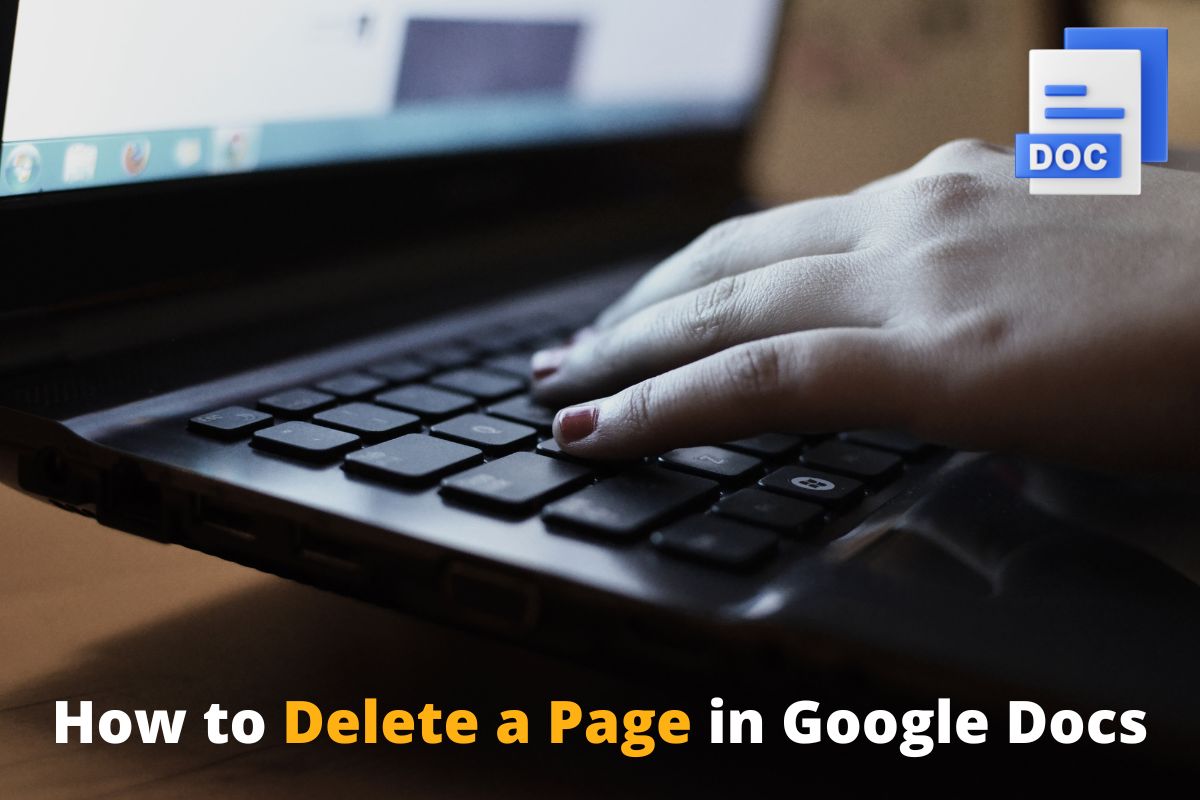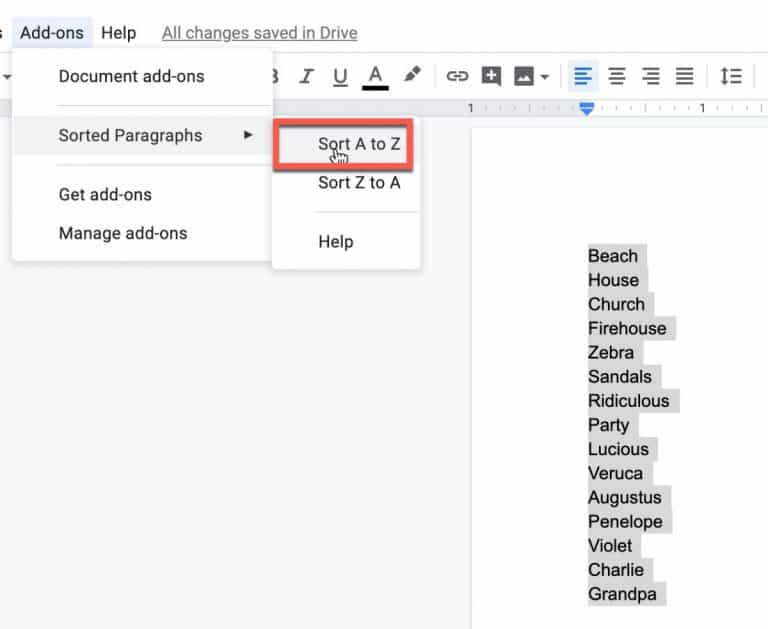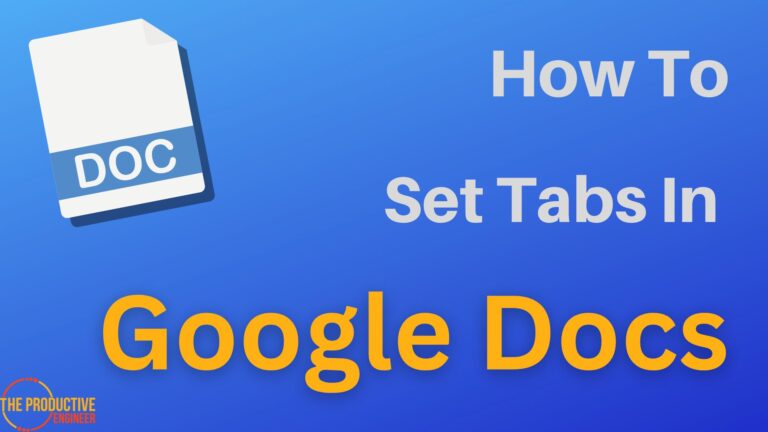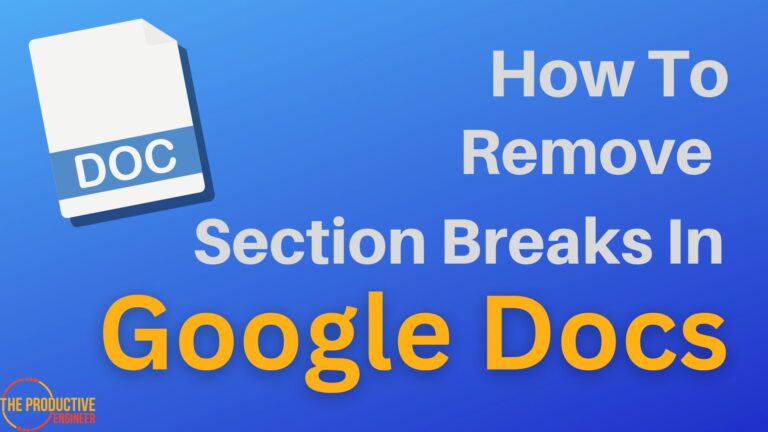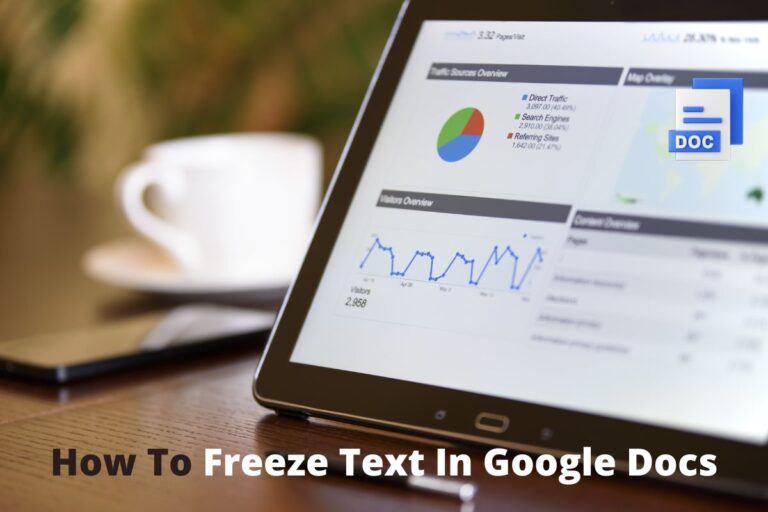How to Delete a Page in Google Docs
Deleting a Google Docs sheet is easy, but what do you do when you need to get rid of one page on Google Docs and you have important content on the rest of the sheet? You can delete a page by simply identifying and removing the runoff space. And the easiest way to do that is with the “Delete” key.
So, how do you delete a page in Google Docs? Here are 4 easy methods to delete a page in Google Docs:
- Erase all content on the document
- Press delete after the last acceptable word
- Backspace from the blank page
- Remove lower-margin customization
In this post, we will go over four ways to get rid of a page in Google Docs, alongside ways to undo mistakes you might make. By the end of this article, you’ll know how to delete a page in Google Docs and what to do if you accidentally delete words in the process. Let’s get started with method one.
Method 1: Erase All Content on the Document
This method entails removing all content on a Google Docs sheet or page to get it automatically deleted. It leverages Google Docs’ inbuilt command to delete documents that are turned blank after they have been populated with content.
The main perk of this method is that you can execute it with a few button presses and mouse clicks.
Its drawback is related to sync issues. If the Google Docs app is not connected to the internet or is dormant for any reason, the erased content will not lead to content deletion.
We will cover other reasons blank pages don’t usually get deleted automatically after covering the steps of this method.
Step 1 – Select All the Content on a Specific Page

If you want to delete all the pages in a document, you can simply press “Ctrl” (“Cmd” on Mac) and “A” to select all the text instantly. Then you can proceed to delete all the content using the “Backspace” and “Delete” buttons.
Step 2 – Press the “Delete” or the “Backspace Button to Erase the Text

Both buttons serve the same function once the text is selected.
If text isn’t selected, backspace removes content prior to the cursor position. Delete removes content ahead of the cursor (on Windows).
Step 3 – The Page Will be Deleted Once the Change is Updated
A blank page gets deleted instantly because Google Docs changes are updated rapidly.
Method 2: Press Delete After Setting the Cursor to the Last Acceptable Word
If you want to delete a blank page generated past the final words of your document, you can simply set the cursor at the end of your text and use the Delete key to remove the blank page ahead.
This method is most effective when you don’t have any content past the blank page. But if the blank page is in the middle of the document, using the “Delete” key can be dangerous.
Let’s cover the simple steps for removing a blank page after the final word of your document.
Step 1 – Hover the Pointer Over the Last Sentence of the Final Word

This step will allow you to drop the cursor at a specific point in the document.
In Google Docs, the pointer and the cursor are separate. The cursor dictates text interactions, while the mouse pointer allows you to change the cursor’s location.
Step 2 – Click at the End of the Final Word
Try to be as precise as possible. You need the cursor to be the final thing on the page with only the blank space as what follows.
Step 3 – Navigate to the Full Stop

The cursor often drops in the middle of the final sentence or even behind the final word. So if the cursor is not positioned after the full stop, use the right arrow key to bring it there.
You can use the right arrow key to bring it into the position covered in the last step. If the cursor drops at the second-last line, the down arrow key can bring it to the final line.
Step 4 – Press and Hold the “Delete” Key
Once the cursor is positioned after the final word of your document, you can hold the “Delete” key to remove all the spaces on the blank page after that point.
If there is a blank page between the pages you want to keep, you should not ‘hold’ the “Delete” key. Instead, you should press it once or twice until you see the blank page gone.
As mentioned earlier, it is dangerous to press “Delete” from the last word on the page before the blank one if there is text on the pages after the blank page.
The middle of the document’s blank pages is trickier to delete with the “Delete” key because you can easily remove content from the page after the blank page.
Blank pages can occur in the middle of the document if you make changes to the last paragraph of a page in the middle of the document. Instinctively pressing “Delete” will generate a new page for further writing.
This pushes the next page past the blank one. Simply deleting the space generated with that one stroke will remove the blank page.
But if you hold the delete key too long, you’ll remove half the content on the next page. That’s where the third method of deleting a page becomes relevant.
Method 3 – Backspace From the Blank Page
If you accidentally generate a page in the middle of a document, you can remove it by placing the cursor on said page and hitting backspace until the blank page vanishes.
Generally, these pages are generated accidentally and are only one space deep.
Try to place the cursor one-third to one-half down the page. This allows you to get as many spaces as you might have accidentally input on the blank page. Once you start hitting backspace, the page will vanish.
It is possible to go overboard with this method as well. If you hit and hold the backspace key too long, the content on the previous pages might start getting erased.
Here are the steps to delete a blank page in the middle of a Google Docs document:
Step 1 – Place the Cursor on the Blank Page

Ideally, this should be as low as you can place it without getting into the footer area. The lower middle section of the page is perfect in most cases. The cursor automatically rises to the final point prior to the point of selection.
Step 2 – Press “Backspace” Once
If the page was generated with an accidental “Enter” keystroke, pressing “Backspace” once will cause the page to vanish. If multiple spaces exist on the blank page, one “Backspace” won’t erase the whole thing.
Step 3 – If the Blank Page Hasn’t Vanished, Press “Backspace” Again

Repeated “Backspace” keystrokes will eventually get rid of the blank page. Often 2 to 3 presses are required.
Step 4 – More Backspaces
Keep pressing “Backspace” at short intervals until the cursor reaches the last word on the previous page.
In rare instances, you might need to keep pressing the “Backspace” key many times.
Step 5 – If the Page Persists
If there is still a blank page on the next page, place the cursor on the page ahead of the blank page and retry.
If there are blank spaces on the final line of the blank page and you position the cursor above these spaces, the “Backspace” keys won’t affect them. But if you place the cursor before the first word on the next page, you can eliminate the blank page.
Method 4: Remove Lower-Margin Customization
This is the final method of removing runoff space on Google Docs. It is slightly more complicated but can also get rid of future issues.
But before we dive into these steps, we must address the cause of blank pages in a specific context.
When you paste content from elsewhere or work on a Google Doc someone else has created, you might be working with an ample default space after paragraphs.
The default space is usually the space between lines and between paragraphs. It can vary slightly, which is why you can tell where a paragraph begins.
If you have a large space underneath your paragraphs, it can generate a new page as it runs off onto the next page. You can manually remove the space with a backspace, but it is much better to remove the excess spacing by deleting custom spacing.
Here’s how you do that:
- Select the text – To do this for the whole document, you can use “Ctrl” + “A.” That’s “Cmd” + “A” for Mac users. Doing this will select all the text in the document.

- Click format – You can access format settings via right-click and from the options bar at the top.
- Navigate to “Line and Spacing” – Line and spacing settings deal with the default space we need to minimize.

- Change your paragraph spacing to 1.5 or Double – The individual line spacing can be set to 1 to 1.5, but the paragraph spacing should be different from line spacing. It should be slightly higher. If you have runoff space, then this space is too large. Bring it down to double at a maximum.

The advantage of this method is that you won’t have to repeatedly backspace under the final paragraphs of each individual page. But it also has a drawback because it requires your document to have particular settings, which might not be the ones that serve your document.
How to Choose the Best Method of Deleting a Page on Google Docs
If the four methods in this post overwhelm you, you can start with the easiest solution and backspace the empty page.
Move to the more challenging solution only if you need a different solution than the low-effort ones. That way, you’ll delete the page with the minimum effort required.
Google Docs Blank Page Won’t Delete: Why?
Generally, Google Docs doesn’t produce a blank page unless the cursor is pushed from the previous page to the next one, as the content fills the previous pages.
If you remove the content on the intended page, the page itself gets deleted. But there are a few instances where the page might be blank but may not get deleted automatically.
Here are the reasons why a Google Docs blank page won’t delete:
- There are custom spaces in the document – This usually happens when content is pasted from another source.
- There is a margin beneath the previous page’s final line – If you have set margins at the bottom to be affected by the content, then a blank page might be generated as the previous page gets populated.
- You have pressed “Enter” and moved the cursor page to the previous page’s last line – Google Docs generates a new page any time the previous page is completely used, and you tap the “Enter” key.
How to Delete a Page in Google Docs With a Header

To delete a page in Google Docs with a header, you just need to delete all the content on the page. The header alongside the page will vanish.
To individually delete the header, you must double-click the header region until it is editable. Then you can remove the header, which will vanish from all the pages.
Alternatively, you can:
- Double-click the header section.
- Click “Options” in the lower right-hand area of the header
- Click “Remove header”
How to Delete a Page in Google Docs on Mac
You can follow all four methods described above to delete Google Docs pages on a Mac. The Google Docs user interface and the menu bar will be the same on a Mac as on Windows.
The main difference between Windows and Mac when deleting Google Docs pages is the “shortcut keys” or “hotkeys”. For example, to select everything on the page, you would:
- Hit “Ctrl” + “A” on Windows
- Hit “Command-A” on Mac, also known as a “Command-click”
How do You Undo Delete on Google Docs?

If you accidentally deleted more content than you were supposed to, holding “Ctrl” and pressing the “Z” key will trigger an “undo” command, bringing back the previous text.
Alternatively, you can utilize the Google Docs menu bar. Simply click “Edit”, then “Undo”.
Recap: Deleting Google Docs Pages
Deleting a page on Google Docs requires removing all of the content on that page.
If the page is blank but isn’t deleted, then (invisible) spaces on the page might need to be backspaced or deleted.
Ultimately, removing the content and the runoff space on the Google Docs page will eliminate the blank page.
[amazon box=”B07RL8H55Z”]

